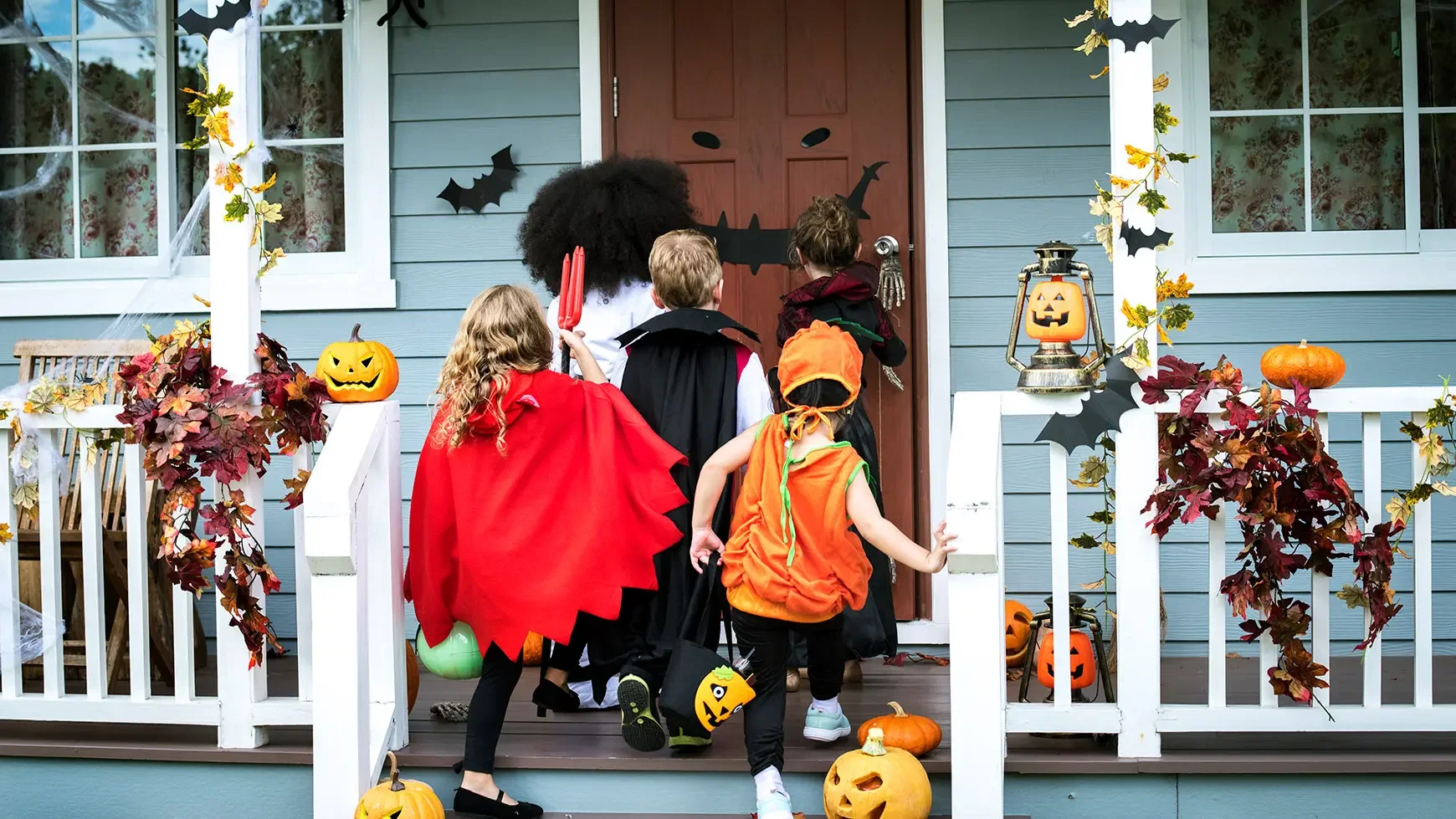Halloween Tips & Tricks from an Occupational Therapist: Making Halloween Fun and Inclusive for Everyone
Halloween is filled with excitement - costumes, candy, decorations, and neighborhood fun. But for children with sensory, motor, and/or regulation differences, this holiday can sometimes feel overwhelming. As an occupational therapist, I love finding ways to make seasonal traditions safe, enjoyable, and inclusive for every child. With a little preparation, Halloween can be both magical and accessible.
Below are some practical Halloween tips and tricks to help your child (and family) have a successful Halloween season.
1. Costume Comfort Comes First
Many costumes are scratchy, tight, or full of tags that may bother children with sensory sensitivities.
OT Tips:
Choose soft, breathable fabrics.
Remove tags or unnecessary attachments.
Pre-wash costumes to reduce stiffness.
Adapt regular clothing (like pajamas or leggings) into costumes for comfort.
Have a “dress rehearsal” and practice wearing the costume before the big day.
2. Practice Trick-or-Treating Ahead of Time
Walking up to doors, ringing doorbells, and saying “trick or treat” can be new, stressful, and intimidating for children.
OT Tips:
Role-play at home with family members.
Take a walk through your neighborhood during the day so your child is familiar with the route.
Use visuals or social stories to prepare for each step.
3. Treat Alternatives
Candy isn’t every child’s favorite - or safe option. Food allergies, dietary differences, or oral motor challenges can make “traditional treats” difficult.
OT Tips:
Participate in the Teal Pumpkin Project by offering non-food items like stickers, bubbles, glow sticks, play-doh, or fidgets.
Pack your own “treat bag” of safe, preferred snacks to bring along and enjoy.
4. Lighting & Decorations Awareness
Festive decorations, strobe lights, loud animatronics, or spooky sounds can be overwhelming.
OT Tips:
Walk past decorated houses before trick-or-treating night to identify possible triggers or location of non-preferred decor so you can have a heads up or avoid those houses if needed when trick-or-treating on Halloween night.
Use noise-canceling headphones if your child is sensitive to sound.
Bring a flashlight or glow sticks for both safety and fun.
5. Plan for Breaks & Downtime
Halloween is full of stimulation - crowds, costumes, noises, and sweet treats!
OT Tip:
Build in breaks (such as sitting in a quiet spot, sitting and taking a drink break in the car, or taking a walk between houses).
Use a stroller or a wagon to give little feet a place to rest between houses.
Decide on a realistic time frame for trick-or-treating. It can be a certain number of houses, a certain amount of time, visiting a certain amount of family and/or friends, and it doesn’t have to be all night.
6. Inclusive Participation Beyond Trick-or-Treating
Not every child wants (or is able) to go door-to-door to trick-or-treat, and that’s completely okay! Here are creative ways to enjoy the holiday in inclusive and sensory-friendly ways:
Pumpkin Decorating
Skip the carving (which can be tricky for little hands) and use paint, stickers, or markers. Add sensory fun with glitter glue, textured craft materials, or foam pieces.
Costume Fashion Show
Encourage your child to dress up at home and walk a “runway.” Celebrate every costume, whether simple or elaborate. This can build confidence and make dressing up less overwhelming when practicing at home.
Halloween Movie or Story Night
Create a cozy space with blankets, preferred snacks, and watch your favorite Halloween movie or read your favorite Halloween book.
Sensory Play Stations
Set up sensory bins with orange rice, dry black beans, and some little spooky toys (bugs, mini pumpkins, pom poms, yarn “worms”). Add tools for scooping, pouring, and exploring different textures at a comfortable pace. If you’re up for a little messier play, scoop the insides of the pumpkin out into a container and have your child explore the novel texture and look for the seeds.
Glow-in-the-Dark Dance Party
Use glow sticks, flashlights, or a blacklight to create a fun atmosphere at home. Let kids move, groove, and regulate through movement.
Neighborhood “I Spy” Walk
Instead of collecting candy at nighttime, take a walk and “hunt” for decorations - like spotting pumpkins, ghosts, skeletons, or spider webs. Great for kids who enjoy observing without the added pressure.
Halloween Treasure Hunt
Hide small toys, stickers, or safe snacks around the house or yard for kids to find at their own pace and less demands of traditional “trick-or-treating”.
Final Thoughts: Creating Halloween Traditions That Work for Your Family
Every child experiences Halloween differently. By focusing on comfort, preparation, sensory supports, and inclusion, families can create a fun and meaningful celebration for the whole family. Remember, every holiday doesn’t have to be celebrated the “traditional” way. What matters most is making Halloween safe, joyful, and accessible for your child - and sometimes that means creating your own special traditions. Whether it’s going trick-or-treating, painting pumpkins, watching spooky movies, or handing out treats, your version of Halloween is just as meaningful and something your child will never forget.
Have questions? In the Philadelphia area? Book a free call or reach out today, we’re here for you!

